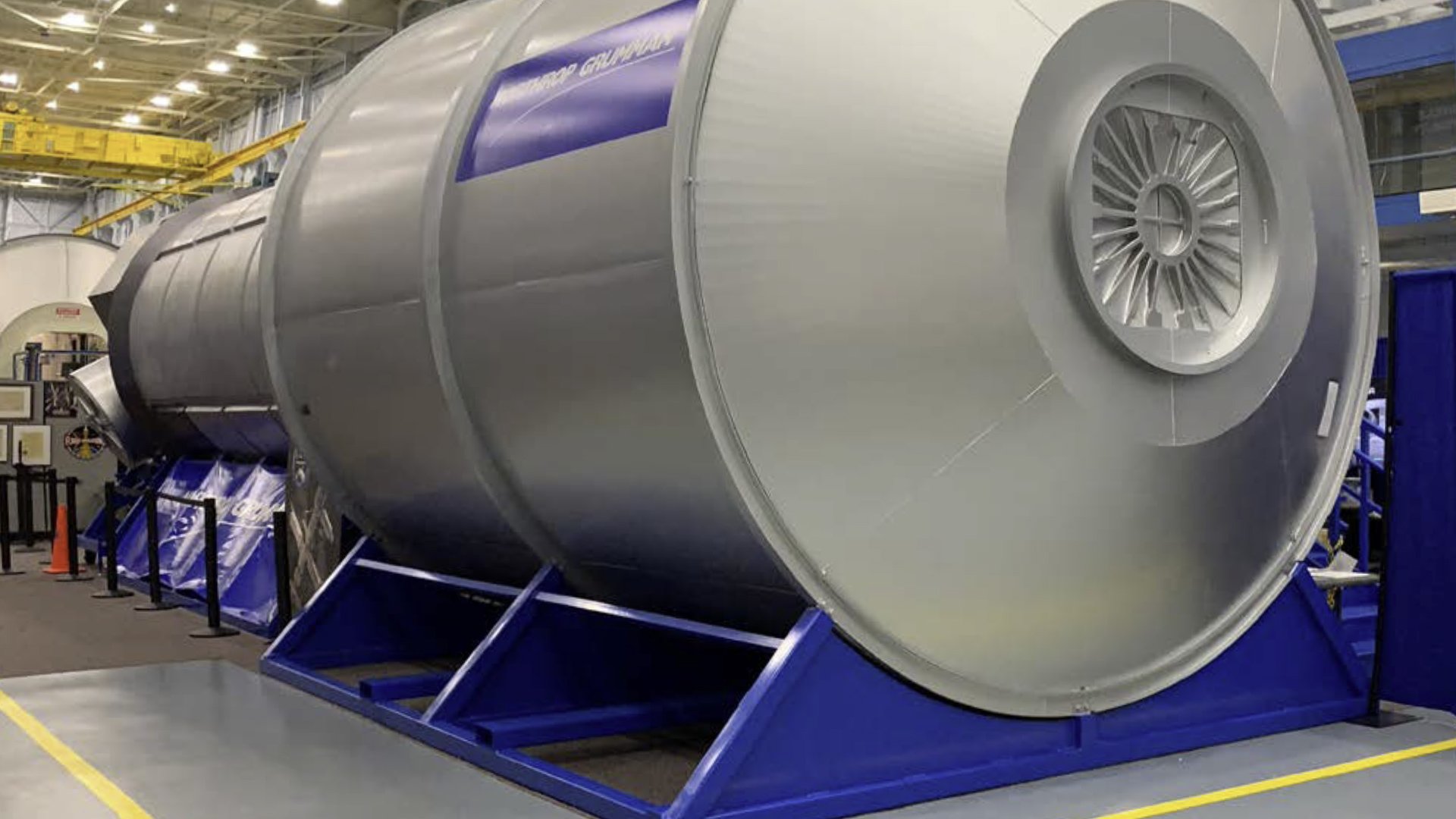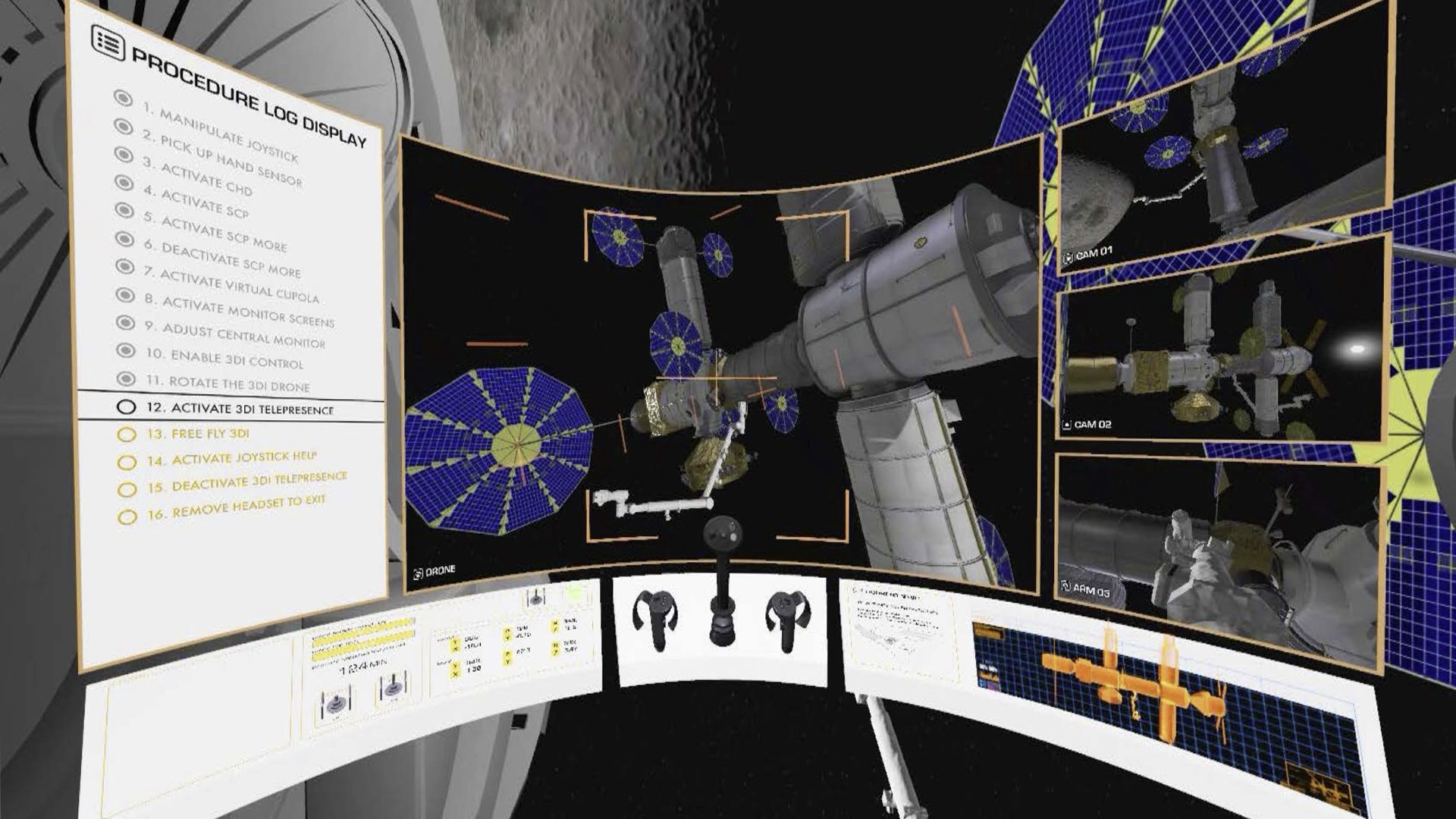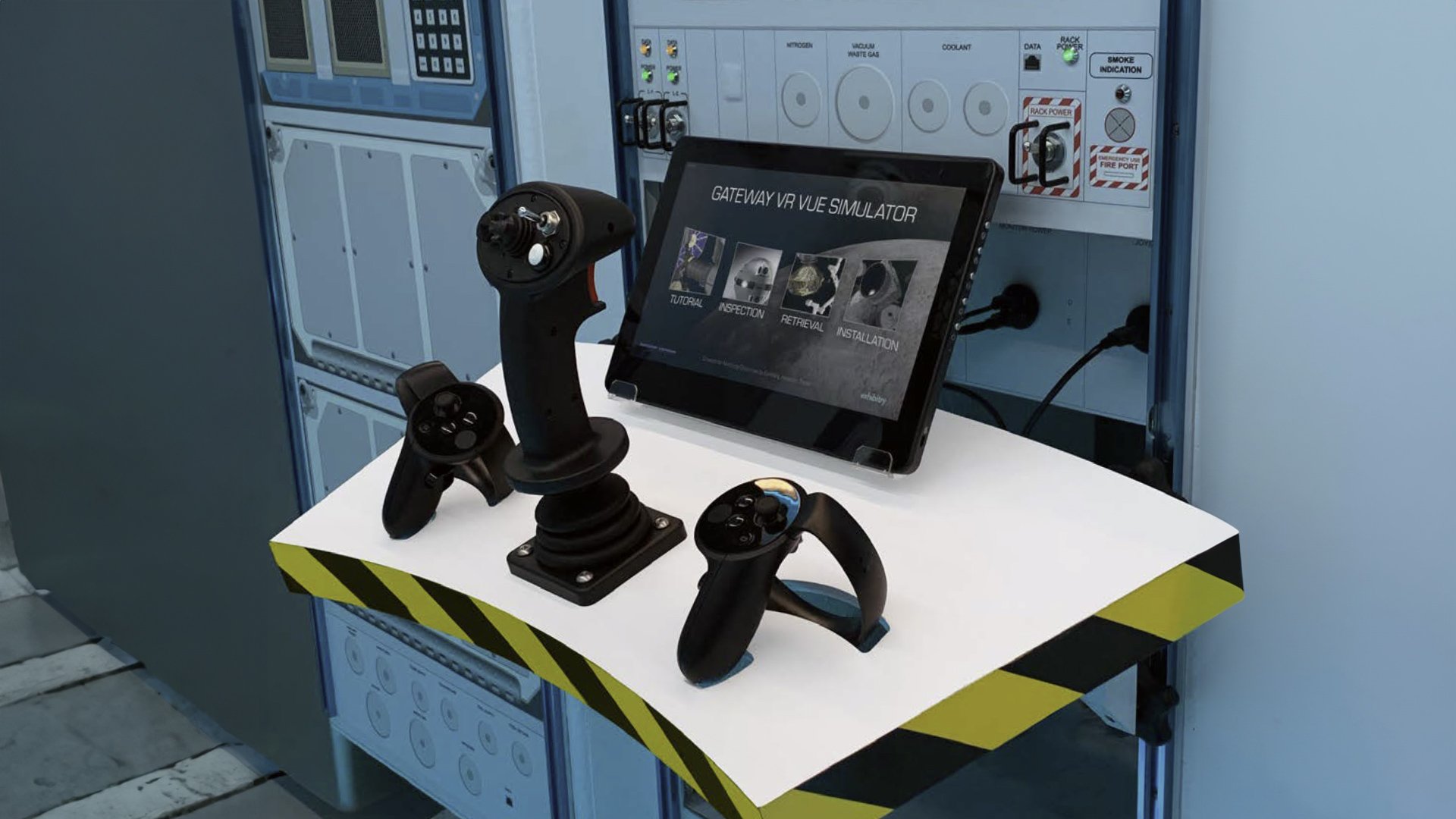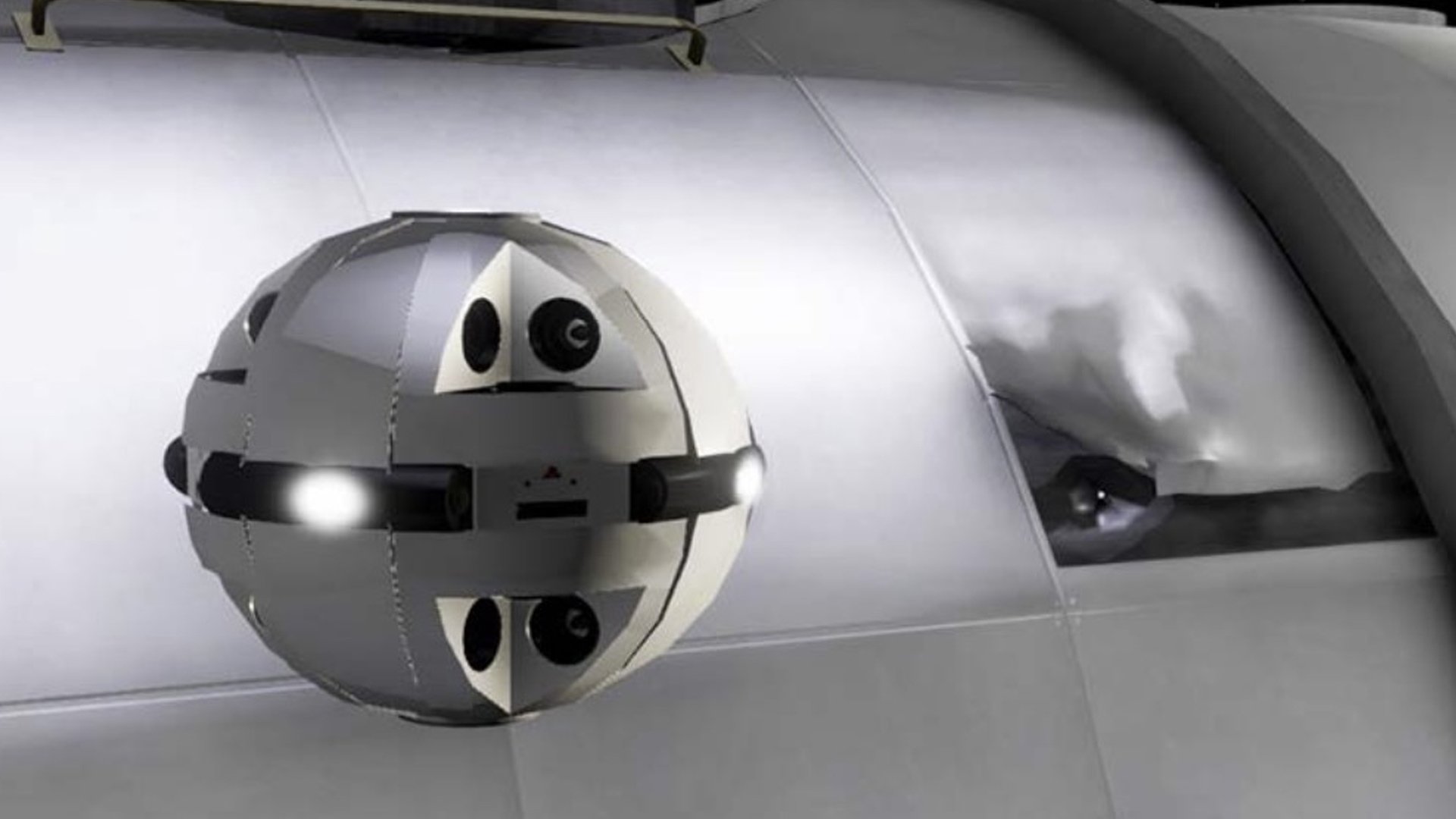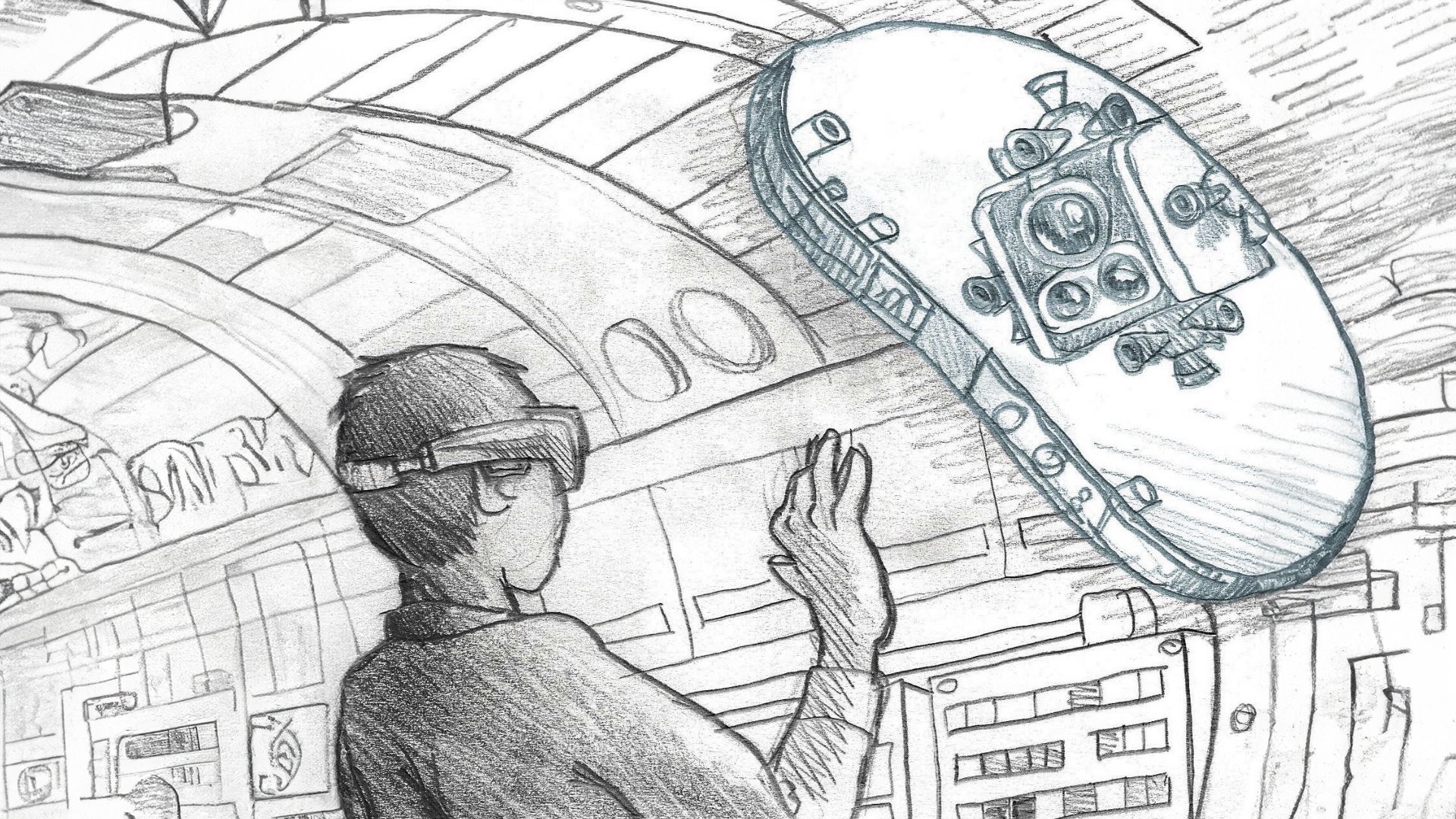Pioneering VR Use for Space Flight
Background
NASA recognized the potential of VR technology in advancing space flight operations and turned to Exhibitry for a groundbreaking mission. The objective was clear: to pioneer the use of VR in space flight, particularly focusing on the design and practical application of the technology.
The Challenge
The main challenge was to conceptualize and develop VR interfaces and simulations that could be effectively utilized in the unique environment of space. This required not only technical expertise but also a deep understanding of space flight operations and astronaut needs.
Exhibitry's Approach
Exhibitry's team, comprising futurist designers and VR specialists, embarked on this journey by first conducting extensive research into the requirements of space flight operations. The focus was on designing intuitive VR interfaces and realistic simulations that could assist astronauts in various tasks, particularly robotic operations in deep space.
Developing the Simulations
The team developed a series of mission simulations that allowed astronauts to engage with and evaluate the VR technology. These simulations covered various aspects of space flight, including external robotic operations and spacecraft navigation, providing a comprehensive platform for testing and feedback.
Impact and Feedback
The VR simulations were met with positive feedback from NASA astronauts and officials, showcasing the potential of VR to enhance efficiency and safety in space operations. The project not only demonstrated the feasibility of VR in space but also set a new standard for future technological developments in the field.
Conclusion
Exhibitry’s work in pioneering VR use for space flight marks a significant contribution to the evolution of space exploration technology. It highlights the importance of innovative design in expanding the frontiers of human capabilities in space.

